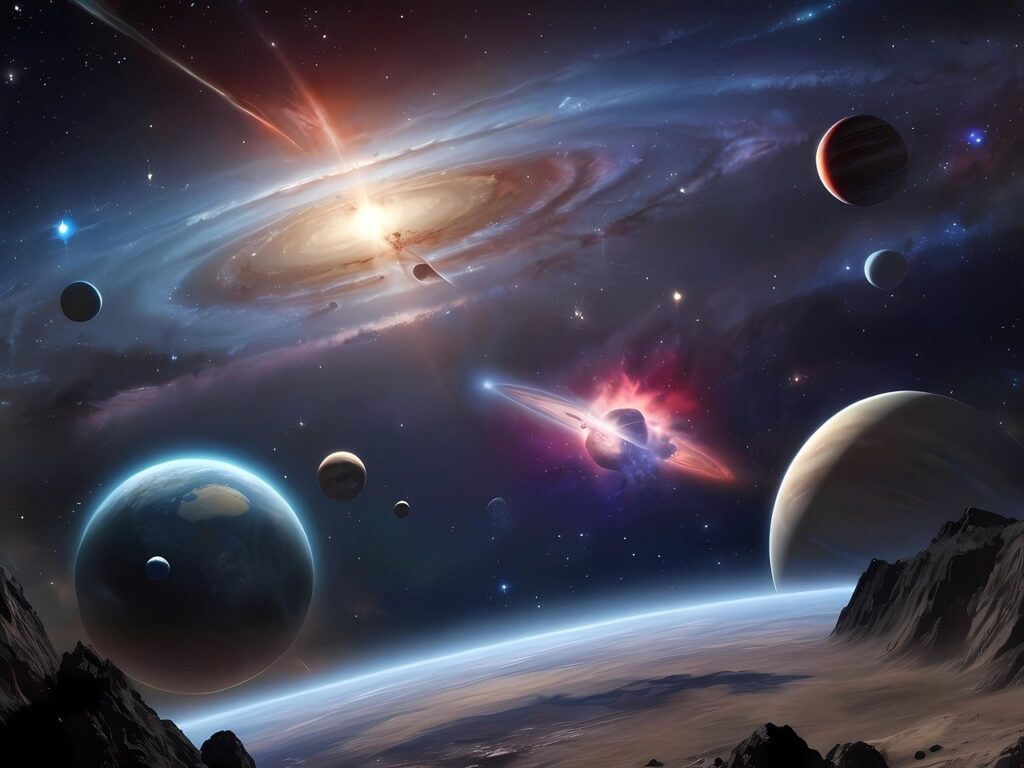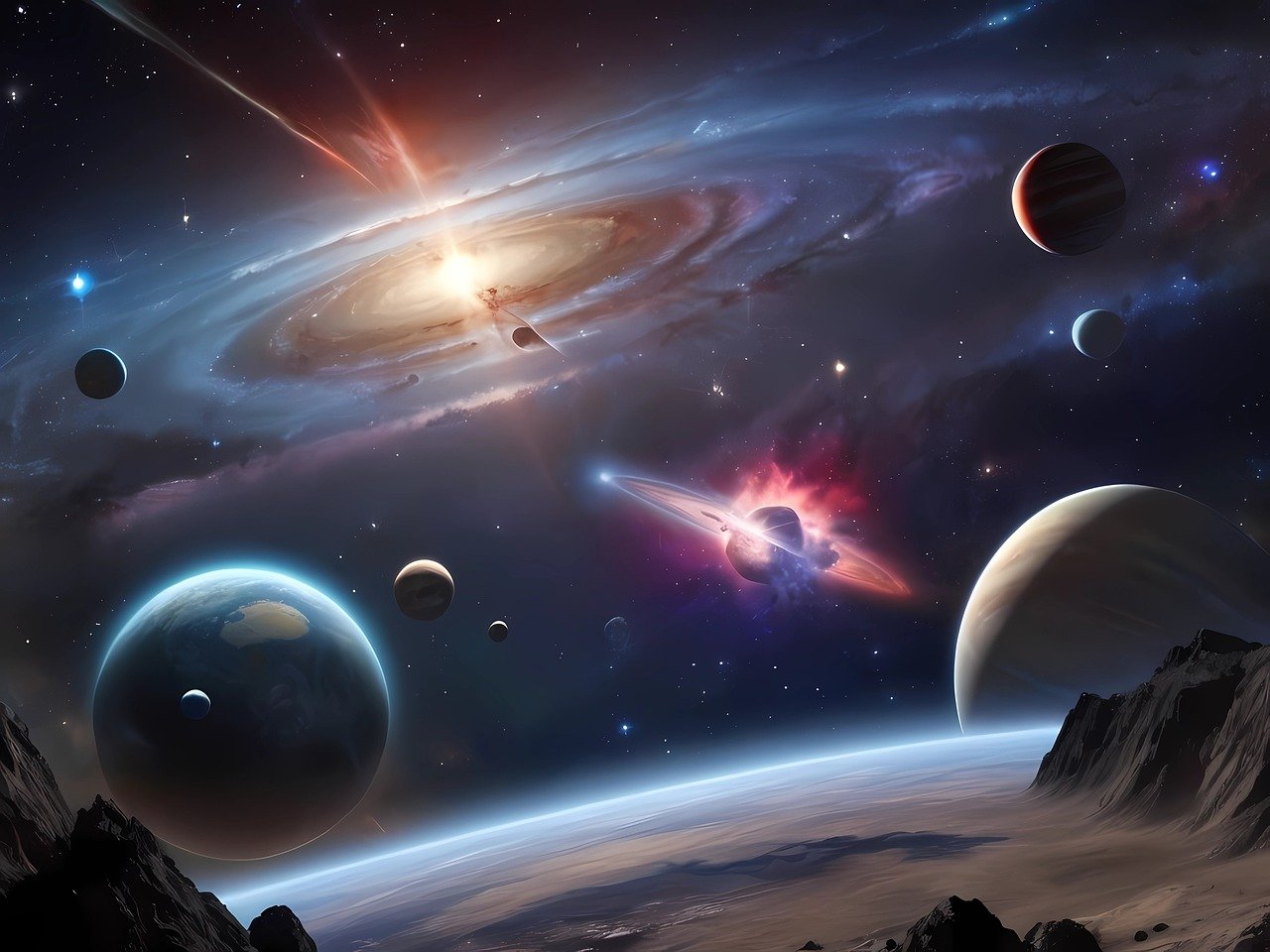
Introduction
Black holes have long captivated both scientists and the general public as some of the most extreme environments in the universe. These enigmatic objects, where gravity is so strong that not even light can escape, have been the subject of intense study and speculation. With recent advances in observational technology, we are beginning to unravel the secrets of black holes, from their formation to their role in the cosmos.
What Are Black Holes?
Black holes are formed when massive stars collapse under their own gravity at the end of their life cycle, compressing matter into an incredibly dense point known as a singularity. Surrounding the singularity is the event horizon, a boundary beyond which nothing, not even light, can escape. There are several types of black holes, including:
Stellar Black Holes: These form from the collapse of massive stars and typically have masses ranging from 5 to 20 times that of the Sun.
Supermassive Black Holes: Located at the centers of galaxies, these black holes can have masses equivalent to millions or even billions of suns. It is believed that most large galaxies, if not all, harbor a supermassive black hole at their core.
Primordial Black Holes: Hypothetical black holes that might have formed in the early universe with much smaller masses.
Recent Discoveries in Black Hole Research
The first image of a black hole was captured in 2019 by the Event Horizon Telescope (EHT), a network of radio telescopes scattered across the globe. This pioneering image confirmed many aspects of Einstein’s general theory of relativity and provided fundamental data on how black holes interact with their surrounding environments. In addition to visual imaging, the detection of gravitational waves from black hole mergers has given scientists new insights into these cosmic objects. First detected in 2015, these waves are ripples in spacetime caused by the collision of massive objects like black holes.
The Role of Black Holes in Galaxy Formation
Black holes, especially supermassive ones, play a significant role in the formation and evolution of galaxies. It is believed that these black holes regulate star formation through their powerful gravitational influence and high-energy particle jets, which can either trigger or inhibit star formation. Understanding the relationship between black holes and their host galaxies is a key area of ongoing research.
Theories on Wormholes and Alternate Realities
Some theoretical physicists propose that black holes might be connected to wormholes—hypothetical tunnels through spacetime that could serve as shortcuts between different points in the universe or even to other universes. While wormholes remain speculative, they offer exciting possibilities for future exploration and understanding of spacetime. Additionally, the concept of a multiverse, where black holes might act as gateways to alternate realities, is a topic of great interest in both scientific imagination and popular culture.
Future Missions to Study Black Holes
NASA and other space agencies are planning new missions to study black holes in greater detail. The upcoming James Webb Space Telescope is expected to provide unprecedented views of black holes and their surrounding environments, helping scientists address some of the most fundamental questions about their formation and behavior. Moreover, advancements in gravitational wave detectors, such as LIGO and Virgo, will continue to allow scientists to observe black hole mergers, enhancing our understanding of these enigmatic objects.
Conclusion
Black holes remain one of the most intriguing and mysterious phenomena in the universe. Recent discoveries, including the first direct image and the detection of gravitational waves, have provided new insights into their nature and behavior. As technology advances and new missions are launched, we are poised to uncover even more about these cosmic giants and their role in the universe. The ongoing research into black holes not only deepens our understanding of fundamental physics but also inspires new questions about the nature of reality itself.
